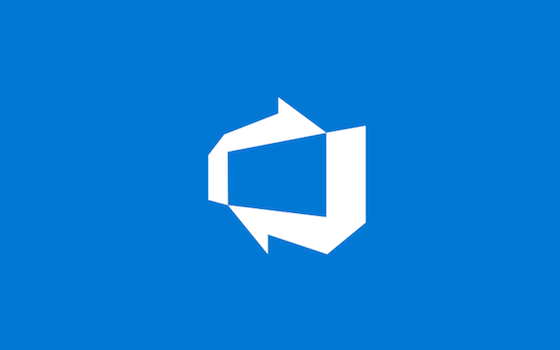


Deploying an Azure Red Hat Linux VM Running Apache Tomcat for use with Visual Studio Team Services and Team Foundation Server

Deploying an Azure Ubuntu Linux VM Running Apache Tomcat for use with Visual Studio Team Services and Team Foundation Server

SSH support for Git repos is now available

7 Ways to Look at the Values of Variables While Debugging in Visual Studio

Team Services Plugin for IntelliJ and Android Studio 1.0 Release

Versioning NuGet packages in a continuous delivery world: part 3

Versioning NuGet packages in a continuous delivery world: part 2
Visual Studio Team Services and Team Foundation Server Java Capabilities Presentation and Demonstration Now Available at java.visualstudio.com


 Light
Light Dark
Dark